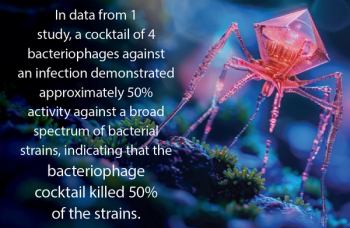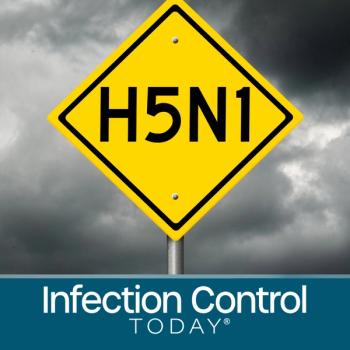
CDC Report Examines Foodborne Agents Associated with Outbreaks
A total of 1,097 foodborne disease outbreaks were reported in 2007 to the Centers for Disease Control and Prevention (CDC), according to a new agency analysis. State investigators reported 21,244 illnesses and 18 deaths as a result of these outbreaks. The report also provides the most recent data on how many illnesses were linked to specific types of foods.
Knowing more about what types of foods and foodborne agents have caused outbreaks can help guide public health and the food industry in developing measures to effectively control and prevent infections and help people stay healthy, says Chris Braden, acting director of the CDCs Division of Foodborne, Waterborne and Environmental Diseases.
Despite health officials efforts, the cause of an outbreak -- either the food or the foodborne agent responsible -- often cannot be determined or confirmed. This most commonly is the case when the outbreak is small. Of 1,097 reported outbreaks in 2007, 497 (or 45 percent) confirmed that one foodborne agent was responsible and in an additional 12 outbreaks more than one foodborne agent was responsible. Thus, in more than half of the outbreaks, a foodborne agent was not identified. Norovirus was the most frequently confirmed foodborne agent (39 percent), followed by salmonella (27 percent).
Foodborne disease outbreaks due to norovirus occur most often when infected food handlers do not wash their hands well after using the toilet; outbreaks due to salmonella occur most often when foods are contaminated with animal feces. Contaminated foods are often of animal origin, such as beef, poultry, milk, or eggs. But any food, including vegetables, may become contaminated. Thorough cooking kills salmonella.
The report states that in the 235 outbreaks where one food commodity was identified, the largest number of illnesses listed poultry (691 illnesses), beef (667 illnesses), and leafy vegetables (590 illnesses) as the cause. The CDC tracks 17 food commodity categories. Â
Newsletter
Stay prepared and protected with Infection Control Today's newsletter, delivering essential updates, best practices, and expert insights for infection preventionists.






